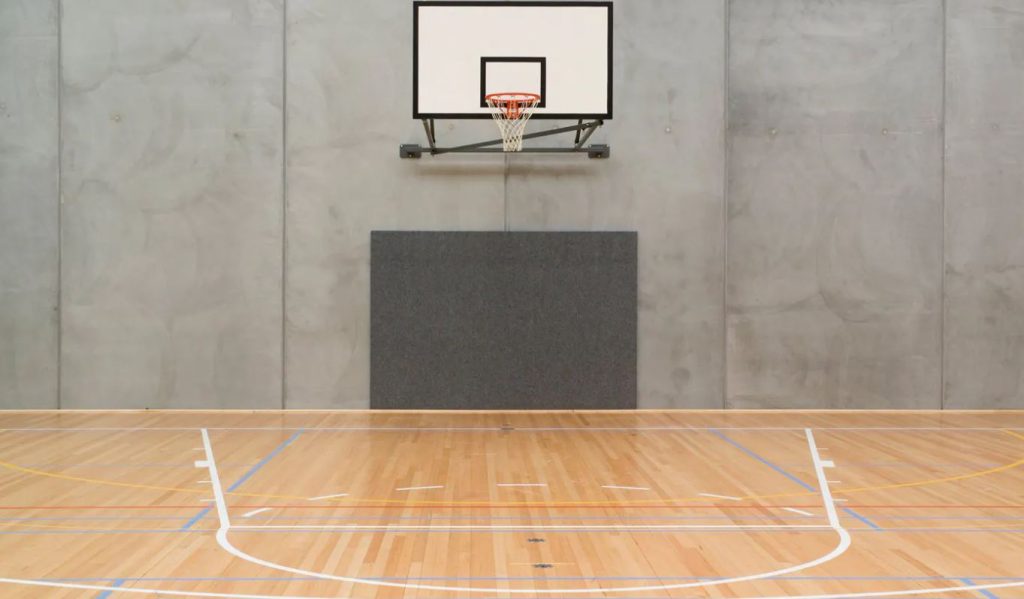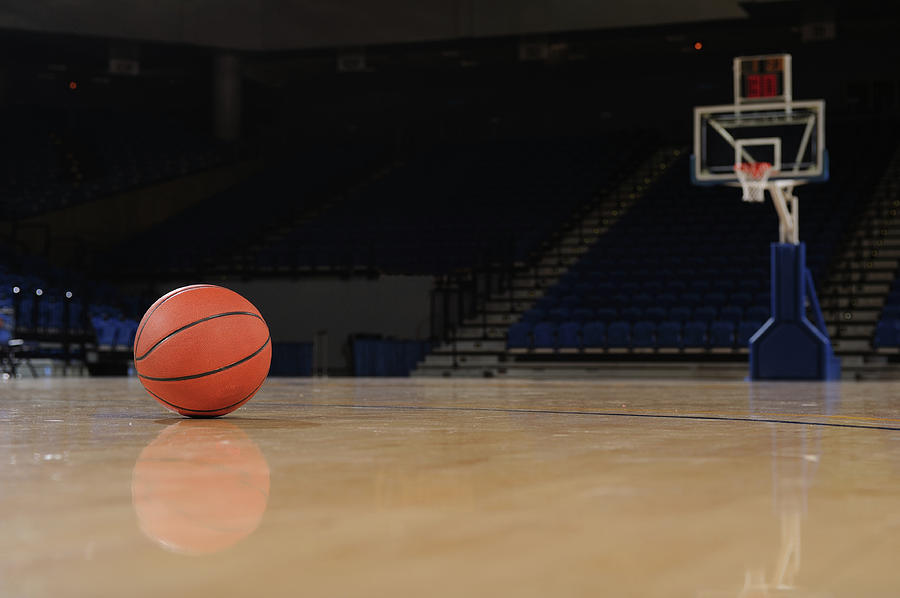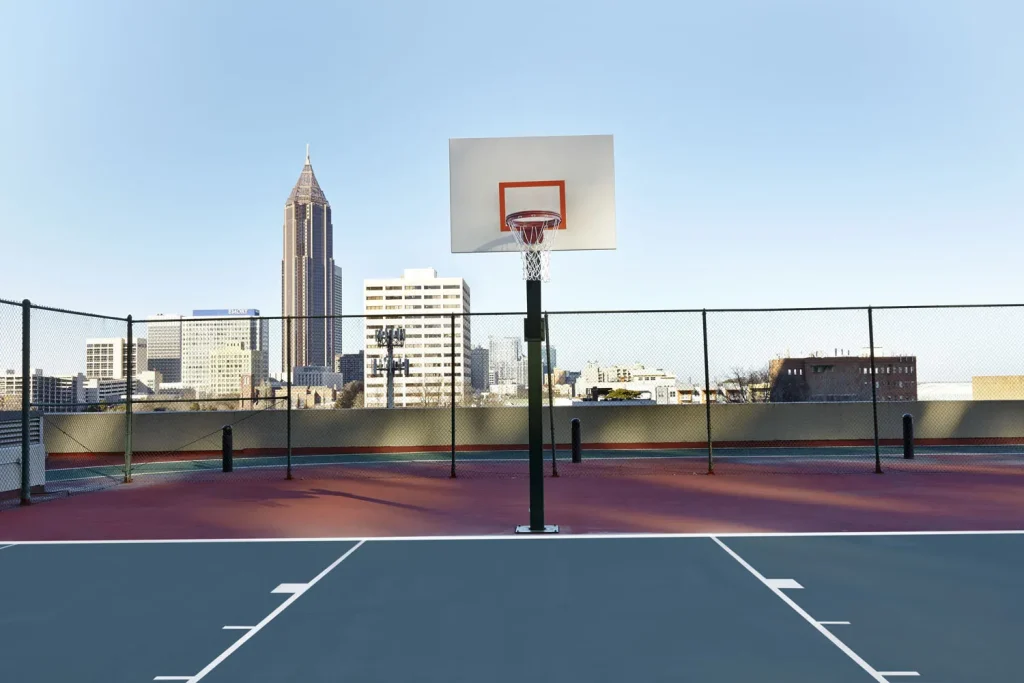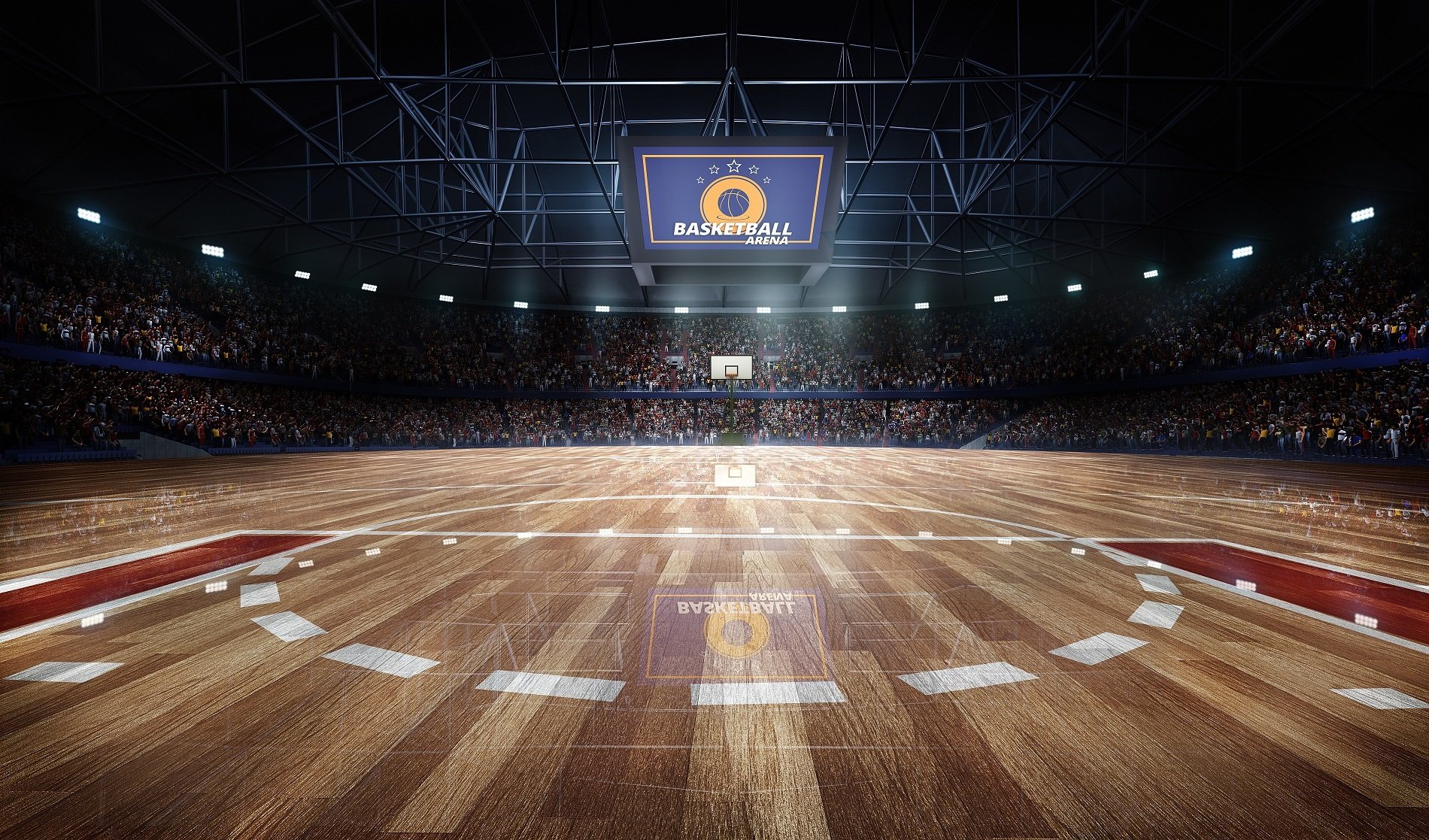Introduction
Basketball is a globally popular sport that requires a well-structured playing area to ensure fairness and consistency in gameplay. The dimensions of a basketball court, including the height of various elements such as the hoop and ceiling clearance, play a crucial role in maintaining the integrity of the game. Understanding these height dimensions is essential for players, coaches, and facility designers to create courts that adhere to official regulations. This guide explores the different aspects of basketball court height dimensions, detailing the measurements used in professional, collegiate, and recreational settings.
Standard Hoop Height In Basketball

One of the most significant height dimensions in basketball is the hoop height. The standard height of a basketball hoop, as established by governing bodies such as the NBA, FIBA, and NCAA, is 10 feet (3.05 meters) from the playing surface to the rim. This height has been in place since the early days of basketball and is considered ideal for competitive play. It allows for a balance of skill, athleticism, and strategy, ensuring that both taller and shorter players have opportunities to excel. The backboard, which supports the hoop, is typically mounted at a height that complements the rim’s positioning, ensuring proper rebound dynamics during the game.
Ceiling Height Requirements For Indoor Basketball Courts
Indoor basketball courts require sufficient ceiling clearance to allow for unobstructed gameplay. The recommended ceiling height for a professional or collegiate indoor court is at least 25 feet (7.62 meters) to prevent interference with high arcing shots. In high school and recreational settings, the ceiling height may be slightly lower, but it should still provide ample space for gameplay. Gymnasiums and indoor arenas are designed with these height requirements in mind to ensure a comfortable playing experience. The height of the ceiling also impacts the placement of lighting fixtures, ventilation systems, and other overhead structures, all of which must be positioned strategically to avoid disruptions to the game.
Basketball Court Dimensions And Their Relationship To Height
A standard basketball court measures 94 feet (28.65 meters) in length and 50 feet (15.24 meters) in width for NBA and FIBA competitions. In high school and college settings, the dimensions may vary slightly, with some courts being 84 feet (25.6 meters) long. While these horizontal measurements are essential, the vertical space above the court is equally crucial. The proper height dimensions ensure that players can execute dunks, jump shots, and rebounds without any structural hindrances. This is particularly important in professional and collegiate settings where players frequently engage in high-flying plays.
Adjustable Hoop Heights For Different Age Groups
While the standard hoop height is 10 feet, youth leagues and beginner-friendly programs often utilize adjustable hoops to accommodate younger players. For children under the age of eight, the hoop is typically set at 6 to 8 feet (1.83 to 2.44 meters) to promote skill development and confidence. As players grow and improve their abilities, the hoop height is gradually increased until they are ready to compete at the regulation 10-foot level. Many training facilities and recreational centers offer height-adjustable hoops to cater to players of varying skill levels and ages, ensuring an inclusive experience for all participants.
Impact Of Court Height On Shooting Mechanics
The height of the basketball hoop directly influences shooting mechanics and overall gameplay. Players must develop proper shooting form to adjust to the regulation height, as a lower or higher hoop can alter shooting accuracy and trajectory. Practicing on courts with inconsistent hoop heights can lead to difficulties when transitioning to regulation play. This is why maintaining a standard hoop height in competitive settings is critical for player development. Additionally, the height of the ceiling affects the arc of long-range shots, making it necessary for courts to have adequate vertical space.

Backboard Height And Placement
The backboard is an essential component of the basketball court and is mounted at a specific height to complement the hoop’s position. A regulation backboard is placed 10 feet above the playing surface, with dimensions of 6 feet (1.83 meters) in width and 3.5 feet (1.07 meters) in height. The placement ensures that players can execute bank shots, layups, and rebounds effectively. The height of the backboard also affects shot angles and rebounding efficiency, making its proper installation crucial for fair play.
Outdoor Basketball Courts And Height Considerations
Outdoor basketball courts adhere to the same height regulations as indoor courts, with the hoop set at 10 feet. However, outdoor courts must consider additional factors such as wind conditions, lighting placement, and pole stability. The height of the hoop and backboard must be securely maintained to withstand environmental elements. Street courts and community basketball courts often have fixed hoop heights, but some feature adjustable mechanisms for flexibility. The ceiling height factor does not apply to outdoor courts, but open space considerations ensure that players have enough room for proper gameplay.
Basketball Court Height In Training Facilities
Training facilities designed for elite basketball players often feature high ceilings and well-calibrated hoop heights to simulate professional playing conditions. These facilities incorporate state-of-the-art technology, including shooting machines, vertical leap measurement devices, and dunk training stations. The ceiling height in such facilities is usually above 25 feet to allow for unrestricted drills and exercises. By maintaining regulation height dimensions, training centers prepare players for competitive basketball environments and enhance their performance.
Historical Evolution Of Basketball Court Height Standards
The height dimensions of basketball courts have remained relatively unchanged since the sport’s inception. When Dr. James Naismith invented basketball in 1891, the first hoops were mounted at 10 feet, a measurement that was coincidentally determined by the height of the running track railing in the gymnasium where the game was first played. Over the years, the 10-foot hoop height has become a universally accepted standard. Although there have been discussions about increasing the hoop height in professional basketball to accommodate the growing athleticism of players, the traditional 10-foot measurement remains in place due to its balance of skill and accessibility.

Conclusion
The height dimensions of a basketball court play a critical role in the sport’s integrity and performance standards. From the regulation hoop height of 10 feet to the required ceiling clearance in indoor arenas, these measurements ensure a fair and consistent playing experience. Whether in professional leagues, college basketball, or recreational games, maintaining proper height dimensions allows players to develop their skills effectively. Understanding these standards is essential for anyone involved in the sport, ensuring that basketball remains a dynamic and exciting game for all levels of play.

